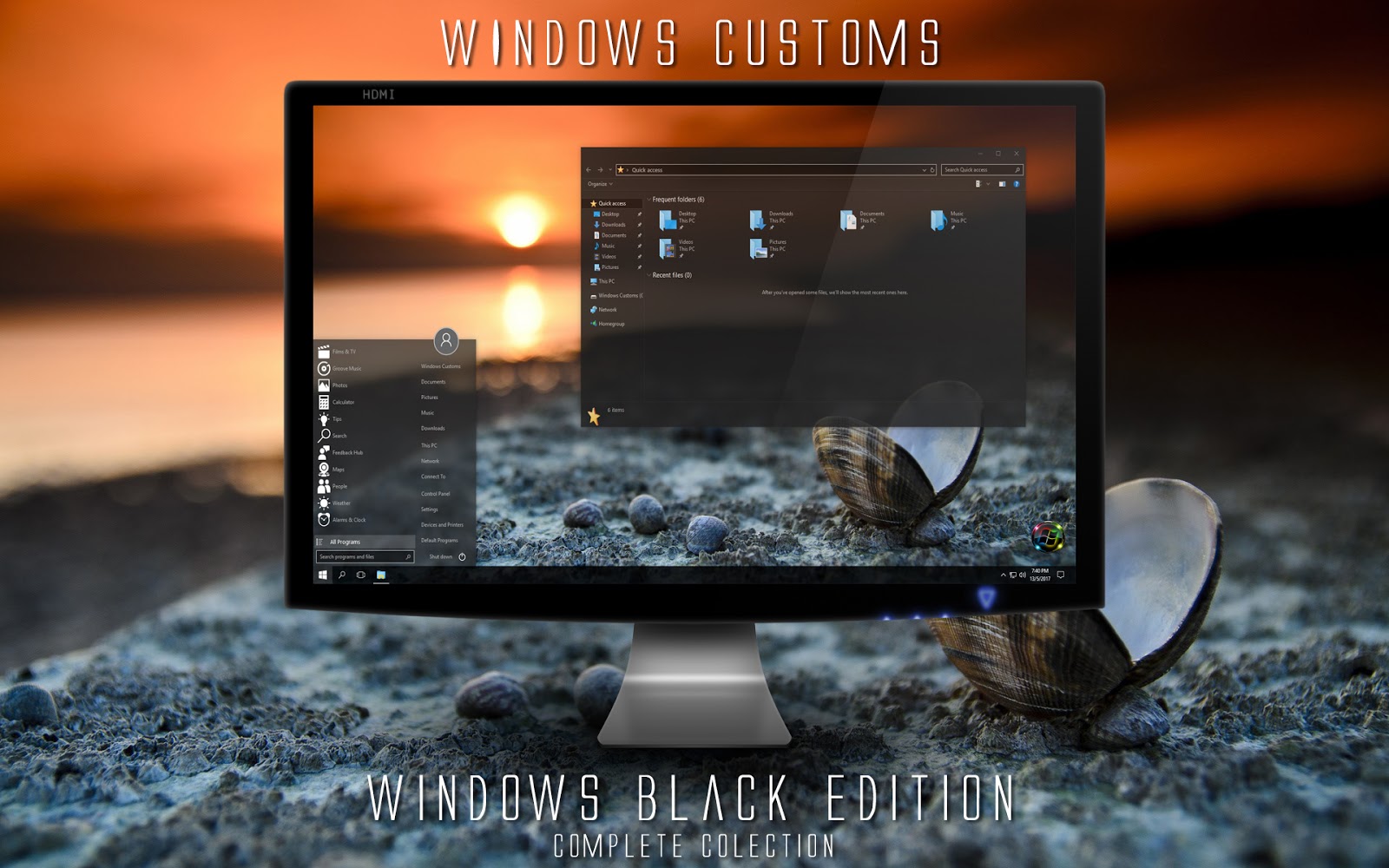

Finally, click the dropdown menu to the right and select Enabled.Īpple’s iPhones have a customizable dark mode, and a lot of iOS apps have their own built in (which we’ll talk about in a moment). This should turn up only one result, but if there are multiple, you want Auto Dark Mode for Web Contents. In the sidebar on the left, click Appearance, and from the first line choose Reset to default.Īnother option is to use one of the hidden Chrome settings known as “flags.” To find it, type chrome://flags into your address bar and put “force dark” into the search bar at the top of the subsequent page. To do so, click on the three dots in the upper right corner and go to Settings. That said, if you have a theme installed on Chrome, your computer’s system-wide theme won’t override it, so you’ll have to reset your browser to the default theme. Google ChromeĬhrome does not have a standalone dark mode, but you can choose one of many dark themes available in the Chrome Web Store. But beyond that, there are nuances for each browser and many have dark modes of their own.

Safari actually doesn’t have a dark mode-it matches your Mac’s appearance.

Many of the most popular ones hook directly into the dark modes offered by Windows and macOS, so if you dim your OS, your browser should automatically follow.


 0 kommentar(er)
0 kommentar(er)
